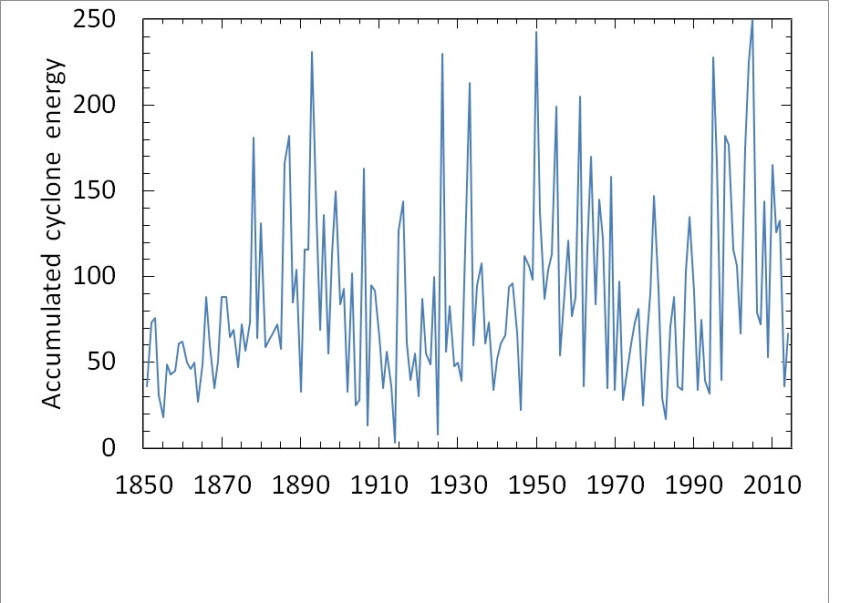SSDD
Gold Member
- Nov 6, 2012
- 16,672
- 1,966
- 280
So there is no argument that "warmers" are blaming everything on warming.
Of course there is crick...or are you just that uninformed as to what your side is up to?
Amazon rain forests threatened....Amazon rain forests not threatened...Warmer winters...colder winters...fish getting larger...fish getting smaller...less mosquitoes...more mosquitoes....islands sinking...islands not sinking....antarctic ice decreasing...antarctic ice increasing....more fires in boreal forests....less fires in boreal forests...earth speeds up...earth slows down...less rain...more rain....less summer rain...more summer rain...less coral reefs...more coral reefs...scottish ski industry decrease...scottish ski industry increase....oceans less salty....oceans more salty...global warnings causes a decline in trade winds....trade winds cause a decline in global warming....winds decrease...winds increase....Atlantic meridional overturning circulation slowed....atlantic meridional overturning not slowed...amazon forests greener...amazon forests not greener...less gray whales...more gray whales...year getting shorter...year getting longer..lohachara island lost...lohachara island found...less tigers...maybe more tigers...more snow....less snow...birds getting bigger...birds getting smaller...trees growing faster...trees growing smaller...avalanche hazard greater...avalanche hazard lessened...grasslands wetter...grasslands drier...trees less colorful....trees more colorful...and on and on and on and on and on....
magical CO2 causes everything....the unfalsifiable hypothesis on display.


